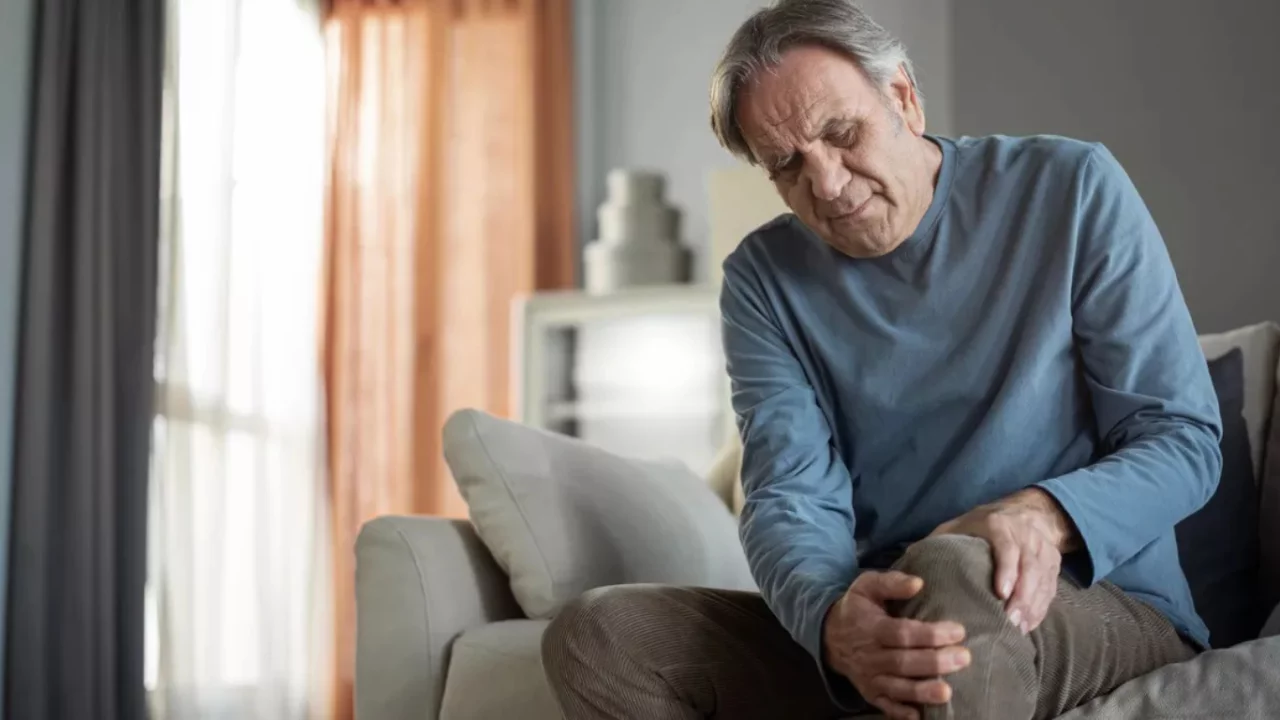Why do both knees ache persistently?

The knee joints are among the largest and most load-bearing joints in the human body. Persistent aching pain in both knees is often associated with changes in the bones, joints, muscles, and vascular system. This condition is more common in women, elderly individuals, and those engaged in heavy physical labor.
Pain in both knees can be caused by the following conditions:
What symptoms appear along with the pain?
Pain in both knees is usually accompanied by the following symptoms:
– Difficulty sitting and standing up;
– Inability to walk long distances or limping;
– Heaviness while walking, nerve pulling sensations;
– Numbness and tightness in the muscles when sitting cross-legged;
– Swelling in the legs and visible veins;
– Sensitivity to cold, even wanting to dress warmly in summer.
In some patients, varicose vein expansion is also observed. In such cases, treatment with heat is not recommended, as it can worsen swelling and blood circulation problems.
What should be done to get rid of knee pain?
First of all, the patient must undergo a professional medical examination and tests. Diagnostics may include X-rays, biochemical blood tests, and in some cases, CT scans.
If no serious changes are detected but the pain persists, physiotherapeutic methods can be effective. Radon and sulfur baths, treatment with hot sand, and therapy in a sanatorium-resort environment improve blood circulation in the knees and reduce pain.
Can it be prevented?
Prevention of knee pain should start from a young age. Regular physical activity, running, light exercises, swimming, and maintaining correct posture reduce the load on the knees. In addition, proper nutrition and eating foods rich in calcium and vitamin D also help strengthen the bones.
Read “Zamin” on Telegram!












